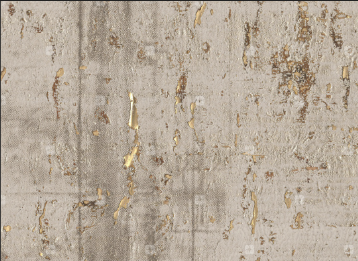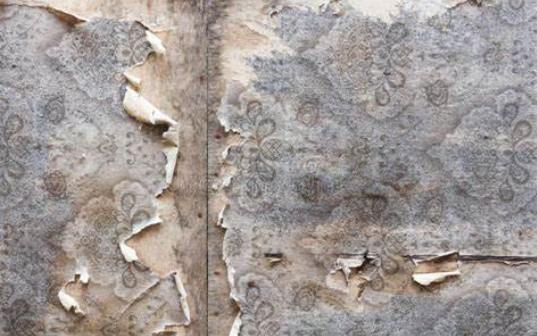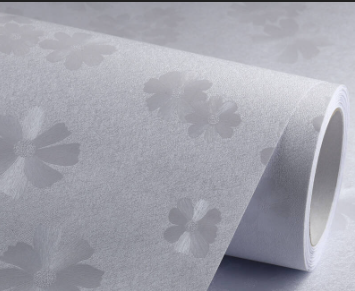- infor1@fiberglassyn.com
- +86-13933702587

In the dynamic world of interior design, where functionality meets aesthetics, the choice of wallcovering can make or break a space. As a trusted partner in the industry for over two decades, Niumaterial has witnessed firsthand how fiberglass wallpaper has emerged as the preferred choice for discerning designers worldwide. But what makes this material stand out in a crowded market of vinyl, paper, and fabric options? In this comprehensive guide, we’ll unpack the science, style, and strategy behind why 90% of designers are shifting to glass textile wallcovering—and how it can transform both residential and commercial projects.

For architects, interior designers, and commercial developers like our client Hans—an R&D manager from a leading American firm—the wallcovering selection process is far more than a design decision. It’s a strategic investment in durability, sustainability, and brand perception. Hans once shared with us, “I’ve seen beautiful wallpapers peel after a year in high-traffic areas, and clients don’t care about aesthetics if the product fails functionally.”



At first glance, fiberglass wallpaper (or glass textile wallcovering, as it’s technically known) resembles a premium fabric or embossed vinyl. But its magic lies beneath the surface: a foundation of ultra-fine glass fibers woven into a durable mesh, coated with eco-friendly resins to create a versatile wallcovering.



This vertical integration allows us to maintain strict quality control—something Hans values deeply. “Niumaterial consistency is unmatched,” he notes. “Every batch meets our specs, whether we’re ordering for a luxury hotel in Paris or a co-working space in Tokyo.”
Let’s address the million-dollar question: How does fibreglass wallpaper compare to vinyl, paper, or fabric options? Below is a side-by-side breakdown of key performance indicators, based on decades of industry feedback and testing.

Designer Takeaway: For high-traffic areas like hotels, schools, or family homes, fiberglass outperforms all competitors. Its ability to resist damage while allowing endless design updates makes it a future-proof choice.
As designers increasingly prioritize durability, sustainability, and design adaptability, fiberglass wallpaper isn’t just a trend—it’s a revolution. Whether you’re specifying materials for a luxury residential project, a bustling commercial space, or an eco-friendly development, this material offers the perfect blend of form and function.

If you have any questions
Please contact us for free consultation and product quotation
Table of Contents Add a header to begin generating the table of contents Big 5 Global – Connecting the Future of Global Construction As a
Table of Contents Add a header to begin generating the table of contents Introduce In the composite materials sector, where strength, versatility and reliability are
You can leave your needs and contact information~and We can provide you with usage suggestions + product suitability analysis + free sample delivery!
Leave us your interest and contact information, and we’ll send you detailed information for your reference!
You can leave the specifications and contact information you need~ Our technicians will immediately organize the exclusive information for you and send it to your email!
You can leave your contact information here, and we will send you detailed specifications and application cases to make your purchase clearer~